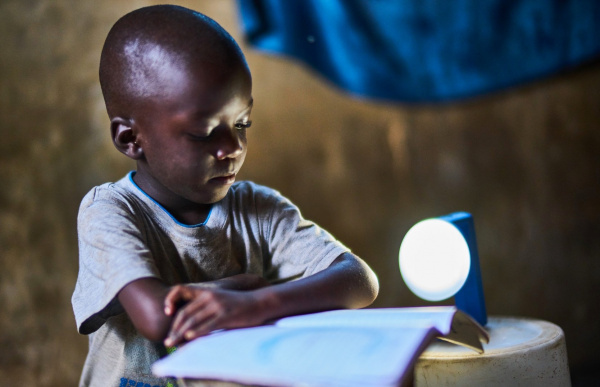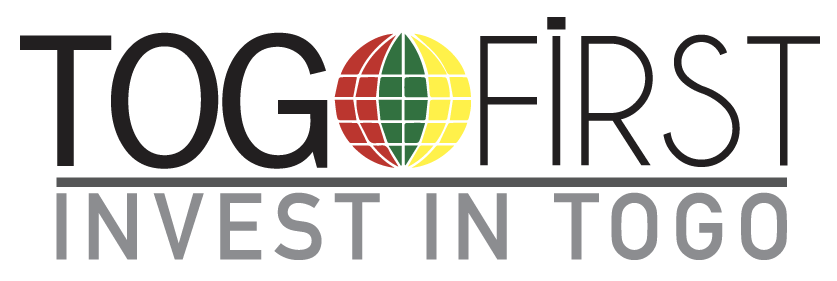Public authorities eye an electrification rate of 90% by 2030, from 45.7% now

(Togo First) - Togo presently records an electrification rate of 45.7%, according to the World Bank. It is a great improvement from the 18% it recorded in 2005.
The country had an installed capacity of 229 MW for a local consumption of 1,213 GWh, in 2015. To plug its energy deficit, Togo imports 40% of the electricity it needs from neighboring Ghana and Côte d’Ivoire.
Since 2014, the government of Faure Gnassingbé eyes an electrification rate of 50%, which it wants to achieve this year, and 90% by 2030. This goal aligns with Togo’s ambition to become an emerging economy.
In the same framework, public policies are working to raise the electrification rate in rural areas to 40% by 2022, from 7% in 2017.
As part of the regional program to develop renewable energies and improve energy efficiency, Togo intends to build a wind farm, and provide electricity to 22 villages with PV solar systems. The program, which is carried out in partnership with India, will also help electrify 150 rural communities.
Another project sharing a similar goal is the CI-ZO. The latter aims at enabling two million people, in rural zones, to get electricity by supplying them with solar kits.
